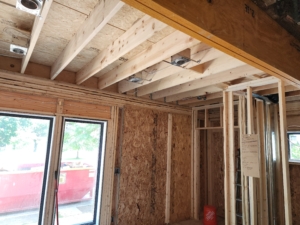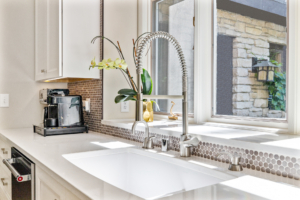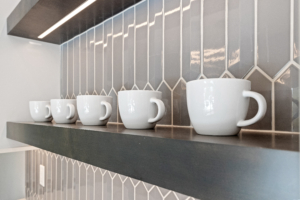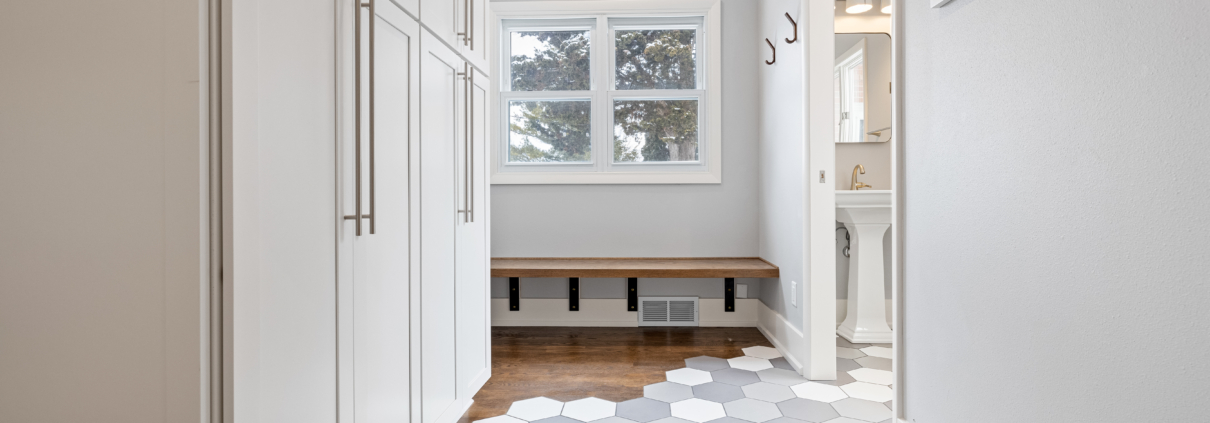A beginners guide to building materials and their use
Why should you care about the basics of building materials? Because they form the foundation, structures, and core elements of the civilized world you live in. If you didn’t have the privilege of growing up around a Boomer or those of the Silent generation, your knowledge of the building materials that make up your house may be limited. Here are some basics you should know and why they are important.

Wood Framing
Wood – Most wood materials used in the structural framework of your home come in the form of lumber such as 2x4s, plywood, trusses, and beams. These are made from trees such as pine, fir, or oak depending on their use. Soft wood trees such as pine and fir grow faster and are a more renewable resource. Wood is used more often than steel because it is lighter weight, less expensive and can be easily cut and modified to a builder’s needs.
You will also see wood on the interior of the house in the form of trim around windows, doors, flooring, and cabinetry. These products are typically from species with more character to their wood grain such as oak, cherry, knotty pine, maple, and walnut. Hardwoods are more durable and can take the wear and tear of a home occupants for many years. Beautiful examples of custom woodwork can be seen in kitchen cabinets or even ornate stair rails.

Stainless Faucet – Quartz Tops
Metal– Copper, stainless steel, and aluminum are used in every room of the house from doorknobs to electrical wiring, to plumbing fixtures, to nails and screws. Metal is both decorative and extremely durable. Because copper is lightweight, flexible, and highly conductive, it is used in electrical wiring and fixtures. Homes and larger buildings often use steel beams for structural support due to its high strength-to-weight ratio. You may see exposed steel beams or poles in basement as support work for the floors above.
Plastic – Because of its long lifespan, durability, and rot or mold resistance, plastics can usually be found wherever there is water in a home. For example, the plumber will use PVC piping for sink drains and water lines. Luxury Vinyl Tile can be found when remodeling kitchens, bathrooms, or other properties with high traffic or pets. Siding and decking materials can also be found in vinyl and PVC, a variety of styles, shapes, and colors and are resistant to extreme weather conditions.
Ceramic/Porcelain – Other water resistant and fire-resistant materials are ceramics and porcelain. These materials are found in tiles, bathtubs, sinks, and toilets. With smooth surfaces, these products are easy to clean and maintain with a little care. Tile especially can come in many artistic shapes, colors and designs and are great as a backsplash or decorative tile in a shower.

Ceramic Tile
These are by no means an exhaustive list of materials. Other products such as glass, fabric, concrete, granite, quartz, and paper are also used in a variety of ways. When working with a professional design and remodeling company to renovate your kitchen, bathroom, basement or build a home addition expansion, you will see firsthand how these materials are used to make your vision a reality!







